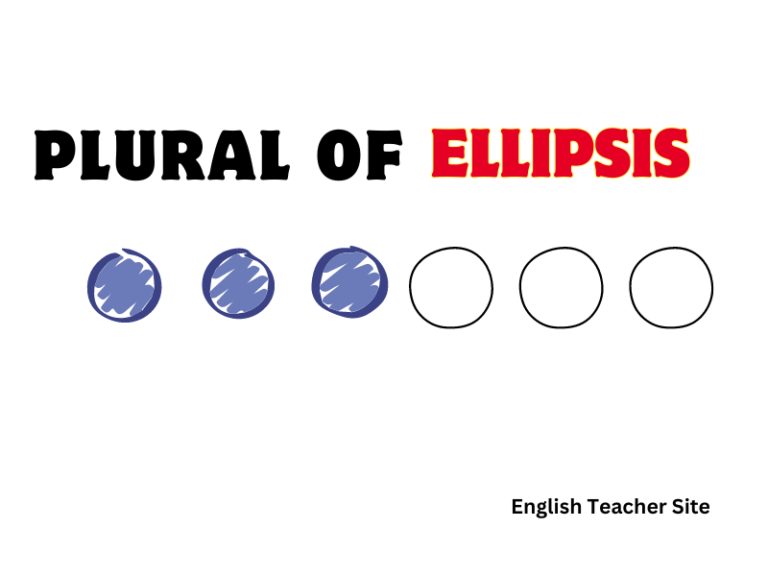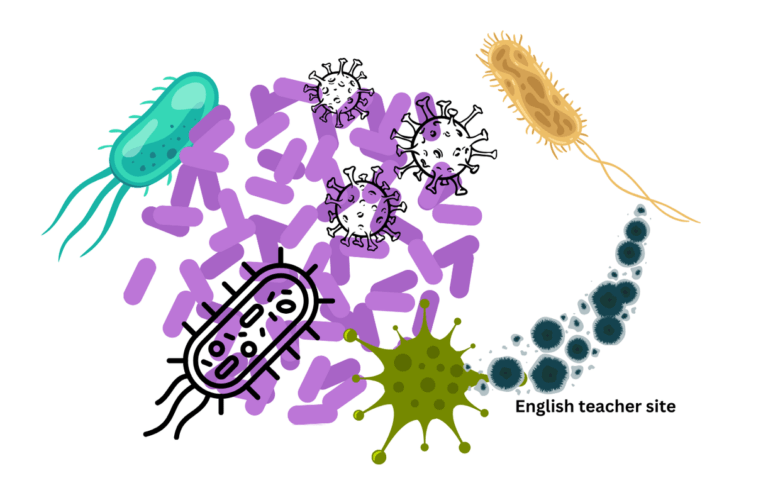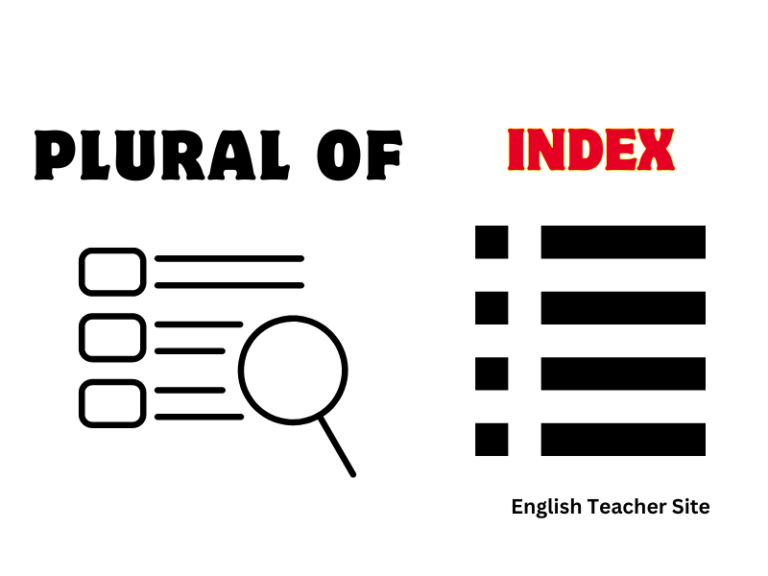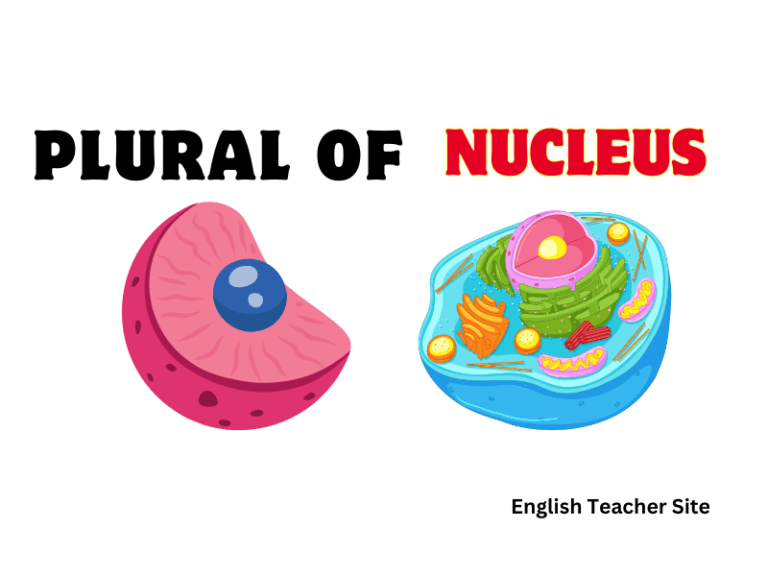What Are Possessive Nouns: Formation and Usage Explained

- Possessive nouns indicate ownership or association in English.
- Singular and plural nouns follow distinct rules for possessive formation.
- Precision in apostrophe use is critical to distinguish possession from contraction.
In English, whether a noun is singular or plural factors into how we form its possessive case. Singular possessive nouns typically have an apostrophe and an ‘s’ added to them, while with plural nouns that already end in ‘s’, only an apostrophe may be required. This distinction is essential for clear and correct expression of possession. The context of possession versus contraction also plays a critical role, requiring careful attention to apostrophe placement to avoid confusion.
Understanding Possessive Nouns
The intricacies of possessive nouns are foundational to mastering English grammar, as they are used to denote ownership, a direct connection, or a relationship between entities. This section breaks down the core components of possessive nouns, clarifying their form and function for both singular and plural cases.
Defining Possessive Nouns
Possessive nouns indicate ownership or a form of association between a noun and another entity, which could be a person, place, idea, or thing. These nouns often involve an apostrophe along with the letter “s” in their formation. They can refer to tangible objects possessed by persons or abstract concepts owned by ideas. The possessive can also describe relationships reflected in English grammar, highlighting origins or connections.
Basics of Possessive Nouns
When it comes to constructing possessive nouns, the nuances of singular and plural forms are critical.
A singular possessive noun is transformed by adding an apostrophe and the letter “s” to the singular form of the noun, indicating ownership or association to a single entity.
- Proper nouns are treated similarly: for example, “Jennifer’s idea”.
- Possessives can also involve compound nouns or cases with surnames, where the structure might differ, such as “The Joneses’ house”.
For most regular plural nouns that already end in “s”, only an apostrophe is added following the “s”:
- boys’ toys
- dogs’ leashes
However, irregular plural nouns, which do not end in “s”, adopt the same possessive construction as singular nouns:
- Children’s playground
- Women’s rights
Plural possessive nouns reflect ownership or association linked to more than one entity of the noun.
Singular Nouns
| Without Possession | With Possession |
|---|---|
| cat | cat’s toy |
| house | house’s roof |
| Charles | Charles’s book |
Plural Nouns
| Without Possession | With Possession |
|---|---|
| cats | cats’ toys |
| houses | houses’ roofs |
| the Charleses | the Charleses’ lawn |
In instances with multiple nouns or a compound possessive, the possessive formation can reflect joint or separate ownership:
- Jack and Jill’s pail (joint)
- Jack’s and Jill’s pails (individual)
Possessive pronouns, such as “hers”, “theirs”, or “its”, do not contain an apostrophe, despite their possessive use, differing from possessive nouns. Contractions like “it’s” (it is) must not be confused with the possessive pronoun “its”, demonstrating the importance of the apostrophe in altering meaning.
When dealing with inanimate objects, English grammar often favors the use of the preposition “of” rather than the possessive form. For example, “the leg of the table” is preferred over “the table’s leg”, although both are grammatically correct.
The formation of possessive nouns is not limited to just people or objects; it applies to ideas and associations as well:
- Love’s folly
- A month’s notice
Appositives, irregular plurals, abbreviations, and even compound nouns can all take the possessive form. Each case might have specific rules, like the addition of an apostrophe or “s”, which are important to observe for proper grammar use. Understanding how to form possessive nouns correctly allows for clear and direct expression of relationships, ownership, and connections in English.
Forming Possessive Nouns
Possessive nouns are crucial for indicating ownership or relationship. They are typically formed by modifying a noun with the addition of an apostrophe and, in most cases, the letter ‘s’.
The simple steps to create possessive nouns
Creating possessive nouns is a straightforward process that involves a few clear rules. Below is an explanation of the steps to form singular and plural possessive nouns.
Singular Possessive Nouns:
To form a singular possessive noun, one needs to add an apostrophe + ‘s’ to the end of the noun. If the noun is a person, an animal, a place, or a thing, this rule applies consistently. The examples below will provide clarity:
| Singular Noun | Singular Possessive Noun |
|---|---|
| cat | cat’s (e.g., the cat’s toy) |
| woman | woman’s (e.g., the woman’s hat) |
| James | James’s (e.g., James’s book) |
However, there is a consideration for singular nouns ending in ‘s’. Style guides vary on whether to add just an apostrophe or ‘s’. Both forms are accepted:
| Singular Noun With ‘s’ | Possessive Form (Option 1) | Possessive Form (Option 2) |
|---|---|---|
| Charles | Charles’ (e.g., Charles’ car) | Charles’s (e.g., Charles’s car) |
| boss | boss’ (e.g., boss’ decision) | boss’s (e.g., boss’s decision) |
Plural Possessive Nouns:
For plural nouns that end in ‘s’, the possessive is formed by simply adding an apostrophe after the final ‘s’.
| Plural Noun | Plural Possessive Noun |
|---|---|
| cats | cats’ (e.g., the cats’ toys) |
| women | women’s (e.g., the women’s club) |
| babies | babies’ (e.g., the babies’ blankets) |
If a plural noun does not end in ‘s’, such as men or children, form the possessive by adding an apostrophe and ‘s’.
| Irregular Plural Noun | Plural Possessive Noun |
|---|---|
| men | men’s (e.g., the men’s department) |
| children | children’s (e.g., the children’s playground) |
The creation of possessive nouns, whether singular or plural, allows for concise and clear communication regarding ownership or association with a noun. The above tables and examples should serve as a guide for forming these nouns correctly.
Exploring Compound Possessives
In English grammar, mastering compound possessives ensures clarity in writing and speech when indicating joint or individual ownership. This section delves into their structure and usage.
Understand the concept of compound possessives
Compound possessives occur when two or more entities jointly own a single item or when each possesses their separate items. The construction of these possessives in a sentence is essential for indicating the relationship between the owners and the object of possession.
How Compound Possessives Function:
- Joint Ownership: Indicates that two or more subjects share ownership of the same object.
- Separate Ownership: Suggests individual possession of separate items by multiple subjects.
Examples with Joint and Separate Ownership:
| Joint Ownership | Separate Ownership |
|---|---|
| Ben and Jerry’s shop | Ben’s and Jerry’s shops |
| Anna and Maria’s project | Anna’s and Maria’s projects |
When crafting possessive forms, particular attention must be given to the placement of the apostrophe. The following bullet points demystify the process:
- For singular nouns that do not end in ‘s’, add ‘s (e.g., the child’s toy).
- For singular nouns that end in ‘s’, usage varies between styles either adding ‘s or just an ‘ (e.g., James’s book or James’ book).
- Plural nouns ending in ‘s’ generally only require an ‘ (e.g., the students’ papers).
- Plural nouns not ending in ‘s’ are treated as singular nouns (e.g., the children’s games).
Making the Right Choice:
The correct form of a compound possessive will depend on whether the entities are owning something together or separately:
- Joint Possession: Use one apostrophe and s after the last noun (e.g., Peter and Jane’s bakery).
- Separate Possession: Apply the possessive form to both nouns (e.g., Peter’s and Jane’s bakeries).
With compound possessives, clarity in conveying the intended meaning of ownership is paramount. The appropriate use of punctuation and structure can significantly impact the reader’s understanding.
Differentiating Possession and Contraction
This distinction helps avoid common mistakes in writing and can change the meaning of a sentence drastically.
Distinguish between possession and contraction in grammar
Possessive nouns indicate ownership or belonging. In contrast, contractions are abbreviated forms of words or phrases created by omitting certain letters and replacing them with an apostrophe. The challenge arises because possessive nouns and contractions can look similar, especially with singular possessive nouns.
Possessive Nouns:
- Formation: Typically, add an apostrophe and ‘s’ to a singular noun.
- Purpose: To show that something belongs to someone or something.
- Example: The cat’s whiskers are long.
Contractions:
- Formation: Combine two words with an apostrophe to show omission.
- Purpose: To shorten spoken or written language in a casual form.
- Example: It’s (it is) raining outside.
The key to distinguishing them lies in context and the role they play in a sentence—possession shows ownership, while a contraction represents a shortened form of a verb phrase.
| Possessive Noun Example | Contraction Example |
|---|---|
| The dog’s leash | It’s (it is) |
| Sara’s new book | She’s (she is or she has) |
| Children’s games | They’re (they are) |
When determining whether a word is a possessive noun or a contraction, examine the sentence to identify if the word denotes ownership or a shortened verb structure.
Signifying Possession with “Of”
In English grammar, the preposition “of” is often used to indicate possession, particularly with objects and abstract nouns. This method provides a clear way to denote ownership or association when the possessive ‘s construction is not suitable or possible.
The use of “of” to indicate possession
When it comes to signifying possession, “of” allows for a nuanced expression of ownership, especially when dealing with inanimate objects or concepts. It structures the relationship between two nouns, where the first is an attribute or part of the second. The use of “of” is particularly prevalent in formal writing and often adds clarity when dealing with complex noun phrases.
Examples of “of” Indicating Possession:
| Noun | With “of” for Possession |
|---|---|
| The title | The title of the book |
| A side | A side of the triangle |
Using the structure “the [Noun] of [Owner],” possession is articulated in a way that flows naturally, especially in cases where the ‘s possessive could create awkward or unclear phrasing.
Instances Where “of” is Preferable:
- When the owner is a non-living thing, idea, or an abstract noun.
- In formal contexts where the construction “the [Noun] of the [Owner]” seems more appropriate.
- When the possessive ‘s might cause confusion or tongue-twisters.
My name is Khamis Maiouf. I am the creator of the English Teacher Site, dedicated to providing valuable resources and insights for students around the world. With a passion for education and a commitment to helping students enhance their skills, I aim to make English teaching more effective and enjoyable for both educators and students.






